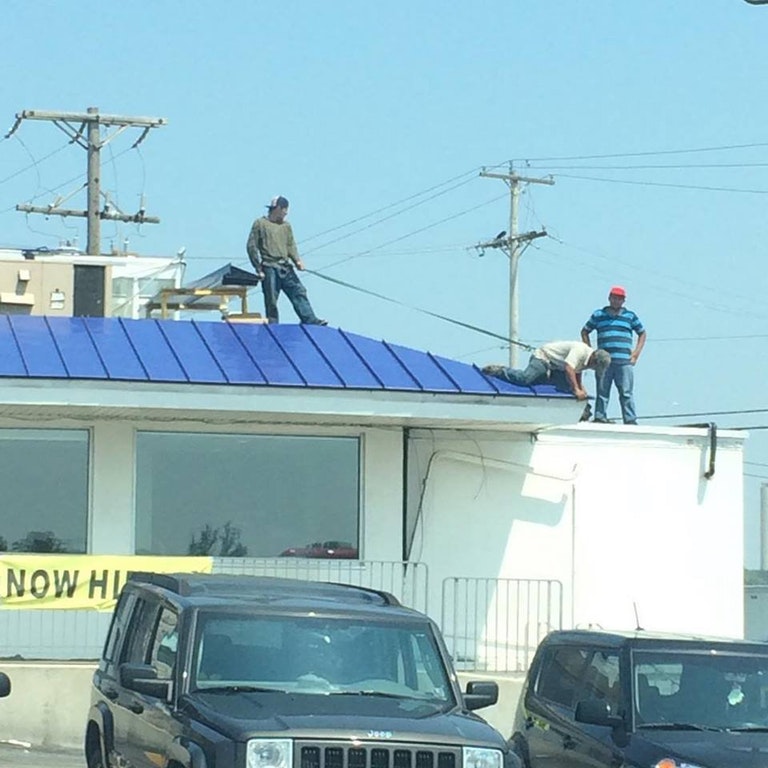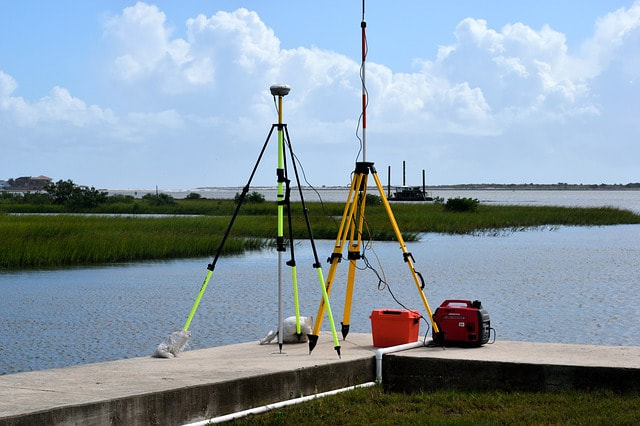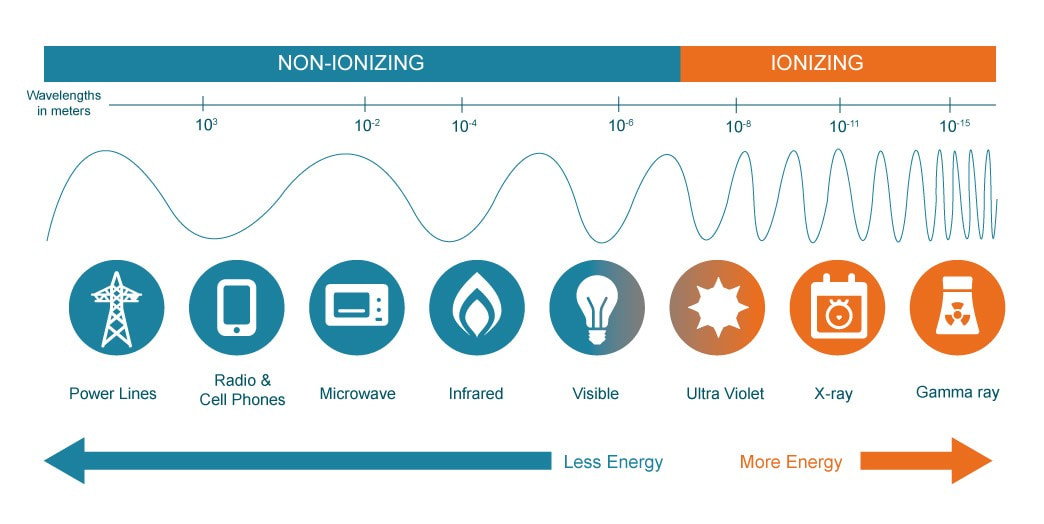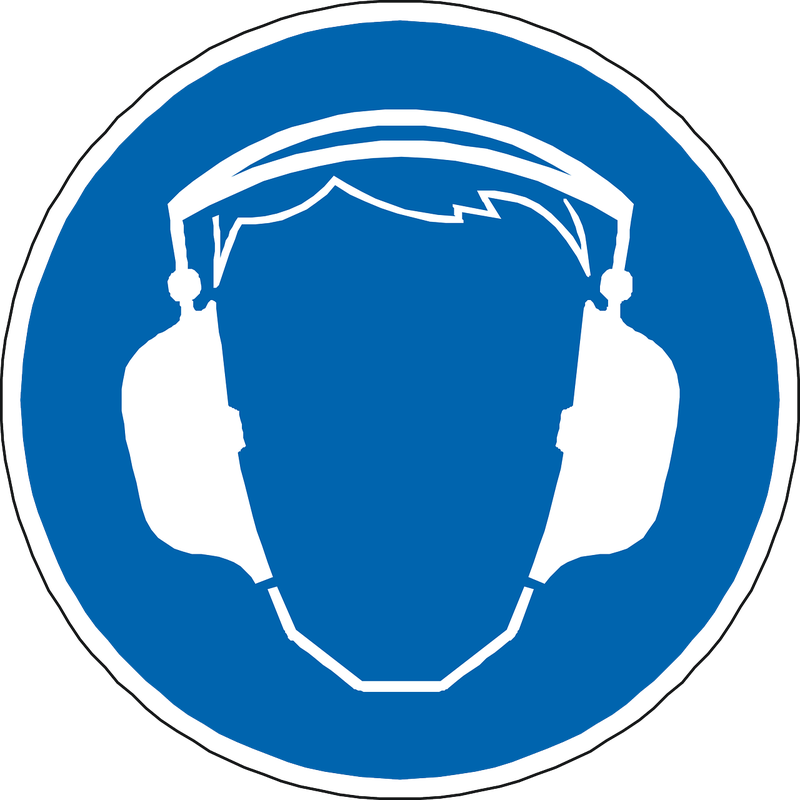|
That doesn't look correct to me? Quickly check if employees have been trained for the task they have been assigned with a quick search in the STAC system!
0 Comments
Subpart: D – Occupational Health and Environmental Controls
OSHA Standard: 1926.55 Occurrence: Upon initial assignment. Frequency: As equipment, conditions, or roles change. Training Style: Classroom, or hands-on, or toolbox talk. Background: Exposure of employees to inhalation, ingestion, skin absorption, or contact with any material or substance at a concentration above those specified in the Threshold Limit Values (TLV) of Airborne Contaminants for 1970 of the American Conference of Governmental Industrial Hygienists, shall be avoided. See Appendix A of 1926.55 for TLV values for each substance. Substances not covered in this standard (as they are covered in other standards) include airborne asbestos, tremolite, anthophyllite, or actinolite dust, and formaldehyde. Employer Responsibilities: Ensure employees stay under the TLV through administrative or engineering control first whenever feasible. When such controls are not feasible to achieve full compliance, protective equipment or other protective measures shall be used to keep the exposure of employees to air contaminants within the limits prescribed in Appendix A. Any equipment and technical measures used for this purpose must first be approved for each use by a competent industrial hygienist or other technically qualified person. Whenever respirators are used, their use shall comply with applicable OSHA standards. Employee Responsibilities: Ensure you are trained and understand the controls for the substance that you are working with. That includes understanding the engineering and administrative controls as well as the proper selection and maintenance of any assigned PPE. Contact STAC for assistance if you have any questions! [email protected] Ensure workers are not assigned to tasks that they are not trained or qualified for by running a report in the STAC system!
Subpart: D – Occupational Health and Environmental Controls
OSHA Standard: 1926.54 Occurrence: Initially upon assignment. Frequency: As equipment, conditions, or roles change. Training Style: Hands on training, toolbox talk, classroom instruction. Background: Non-ionizing radiation is described as a series of energy waves composed of oscillating electric and magnetic fields traveling at the speed of light. Non-ionizing radiation includes the spectrum of ultraviolet (UV), visible light, infrared (IR), microwave (MW), radio frequency (RF), and extremely low frequency (ELF). Lasers commonly operate in the UV, visible, and IR frequencies. Non-ionizing radiation is found in a wide range of occupational settings and can pose a considerable health risk to potentially exposed workers if not properly controlled. Level 1 type lasers are included with this standard, that includes survey equipment. Construction limits worker exposure to 10 mW/sq.cm. Employer Responsibilities: The employer shall provide for the instruction of each laser equipment operator and instructor in accordance with the applicable manufacturer's recommendations. The instruction process shall inform the operator of various hazards associated with the use of the equipment and the necessary or recommended control measures for the elimination of hazards to personnel. Areas in which lasers are used shall be posted with standard laser warning placards. In addition to information from the manufacturer, the American National Standard ANSI Z136.1-1986 could be reviewed for training information. Employee Responsibilities: Take part in training is assigned any type of NIR equipment. Ensure that the laser beam is not directed at employees. When it is raining or snowing, or when there is dust or fog in the air, the operation of laser systems shall be prohibited where practicable; in any event, employees shall be kept out of range of the area of source and target during such weather conditions. Summary: NIR is a series of energy waves composed of oscillating electric and magnetic fields at the speed of light. The most common example of NIR on the jobsite is survey equipment. Only qualified and trained employees shall be assigned to install, adjust, and operate laser equipment. Proof of qualification of the laser equipment operator shall be available and in possession of the operator at all times. Contact STAC for assistance if you have any questions! [email protected] Subpart: D – Occupational Health & Environmental Controls
OSHA Standard: 1926.53 Occurrence: When using radioactive or x-rays in the workplace. Frequency: Initial assignment and as conditions or roles change. Training Style: If under the Nuclear Regulatory Commission (NRC): Competent and Licensed. If not under the NRC: competent person training. Background: Ionizing radiation is one of the two categories of radiation. Ionizing radiation can be found anywhere in the natural environment. It comes from space, from the sun, and from naturally occurring radioactive elements in the earth (radon is one example). One example of radioactive elements in the earth is Radon. Radon can accumulate in poorly ventilated areas such as crawlspaces, basements, mines, and tunnels. Ionizing radiation can also come from manmade sources such as nuclear power plants and x-ray machines. The main sources of ionizing radiation are x-rays, gamma rays, alpha particles, beta particles, and neutrons. Employer Responsibilities: Any activity which involves the use of radioactive materials or X-rays, whether or not under license from the NRC, shall be performed by competent persons specially trained in the proper and safe operation of such equipment. In the case of materials used under Commission license, only persons actually licensed, or competent persons under direction and supervision of the licensee, shall perform such work. Employee Responsibilities: Ensure that they are complying with the competent training if working with ionizing radiation. Ensure they have the equipment in proper repair if doing background sampling. Contact STAC for assistance if you have any questions! [email protected] For Part I: https://www.staccard.com/blog/lessons-learned-from-a-drill-sergeant
“Right Time, Right Place, Right Uniform, & Right Attitude” was a phrase I remember my Drill Sergeant repeating over and over. It seems easy enough – basically just show up and be ready to go. Being a sergeant in the Ohio Army National Guard these values have a new meaning as I can have anywhere from 3-10 soldiers under my direct charge that I also have to hold to these values, not just myself. But, I believe it is easy to say, that these values can be applied to all workplaces, especially in the practice of safety. Right Time: Simple enough, show up for work at the right time. In the Army if you arrive on time your late. Formation may be at 0700, but you should know that means get there at least 15 minutes early. The same in the civilian world holds true, consistently arrive to work on time, therefore ensure to pre-plan for any potential delays in order to prevent having to rush to work. Right Place: Clear enough, show up to the right location. In construction people might be moving around to different offices or projects, so it is essential that you give/get specific directions about where is the correct place to meet. Right Uniform: It might be simple, but there are actually a number of different uniform options in the Army and different patches that need to be on the uniform. You can watch any number of stolen valor videos to see how easy it is to mess of the Army uniform and how easy it is to spot an individual not wearing the uniform correctly. Going onto a jobsite also requires the proper uniform. Hard hat, safety glasses, pants, shirt, gloves, hearing protection, and any other items that might be required for a jobsite. Right Attitude: Having the right attitude is the keystone for all the other values. In the Army I can come up with an action plan for a person not showing up on time, not being in the right place, and not being in the right uniform, but the hardest thing to change is having the right attitude. Anyone can go to work everyday as a mindless lemming and just wait for 5 o’clock to leave. Attitude means being engaged with what you are doing and actively participating. This includes taking an active role in safety as well. Again “Right Time, Right Place, Right Uniform, & Right Attitude” seems like a simple value system. But, how often have we or allowed a co-worker to fail at least one of these components? I know that it is difficult for me sometimes, especially keeping the right attitude all the time. But, I challenge you to try and hold yourself and others around you to these values. You’d be surprise how much better safety and the workplace will be. $5,591,284 from 2,965 OSHA citations for lack of training or training documentation. Contact STAC to ensure peace of mind and prevent an OSHA citation!
Subpart: D/G – Occupational Health & Environmental Control
OSHA Standard: 1926.52/1910.95 Occurrence: Initially when hazard exist - noise level exceeds decibels (dBA) over an 8-hour time weighted average (TWA). Frequency: Annually for each employee included in the hearing conservation program Training Style: Classroom, hands-on, tool box talk (refresher). Employer Responsibilities: The employer shall provide training in the use and care of all hearing protectors provided to employees. The Training program is made up of three components: (1) The employer shall institute a training program for all employees who are exposed to noise at or above an 8-hour time weighted average of 85 decibels, and shall ensure employee participation in such program. (2) The training program shall be repeated annually for each employee included in the hearing conservation program. Information provided in the training program shall be updated to be consistent with changes in protective equipment and work processes. (3) The employer shall ensure that each employee is informed of the following: (i) The effects of noise on hearing; (ii) The purpose of hearing protectors, the advantages, disadvantages, and attenuation of various types, and instructions on selection, fitting, use, and care; and (iii) The purpose of audiometric testing, and an explanation of the test procedures. The next piece of this standard relates to access to information and training materials: (1) The employer shall make available to affected employees or their representatives copies of this standard and shall also post a copy in the workplace. (2) The employer shall provide to affected employees any informational materials pertaining to the standard that are supplied to the employer by the Assistant Secretary. (3) The employer shall provide, upon request, all materials related to the employer’s training and education program pertaining to this standard to the Assistant Secretary and the Director. Employee Responsibilities: Take an active role in the training for occupational noise exposure. Follow the company guidelines for training and proper selection of PPE based upon the hazard. Summary: This standard raises the question, when is the last time that you reviewed your occupational noise exposure policy, or have done testing? Do you hold refresher training annually? And how do you track that training? This is one of the few standards that does require refresher training annually. Another question that comes up is the use of headphones in the workplace. In a 1987 letter of interpretation that dealt with the use of walkman radio, tape or CD players and their effect when hearing protection is in use. Special ear muffs equipped with volume-limited music for use in monotonous high noise jobs to protect employee hearing but at the same time allowing them to enjoy background music is in compliance as long as their average music output is less than 90 dBA. However, use of any listening device over required ear protection is a violation. When payday is not till next week, but you remember you just got your rough terrain forklift license. |
AuthorSTAC Admin Categories
All
Archives
July 2024
|









 RSS Feed
RSS Feed